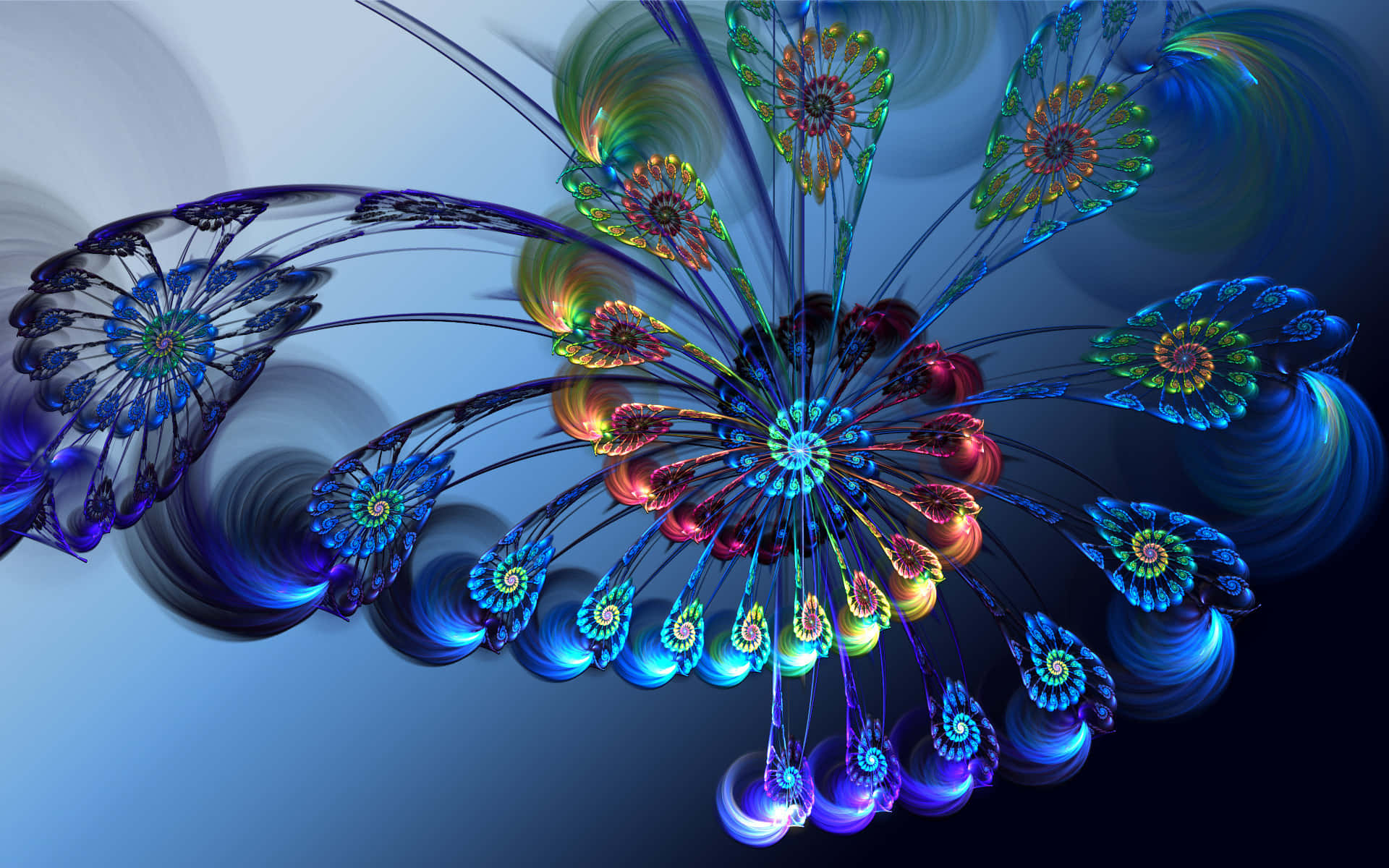Samsara is a rubbish house. It’s a house full of rubbish – terribly stale rubbish, infinitely sterile rubbish…
Could there be any spectacle more terrible than the sterility of samsara? Even with the greatest suffering there is the redemption of change, the redemption of new shoots of growth appearing out of the pain. In samsara there is never any redemption. There is never any change. Zero possibility of change is the hallmark of samsara. In samsara nothing can grow except misery and waste.
Samsara is a world that is made up of the most dreadful garbage. It is a world of trash which is forever being recycled, repackaged, and remarketed. It is a world that is made up of kipple – stuff which seemed at one time to be either actually or potentially useful, but which proves itself in the fullness of time to be totally useless. All kipple does is take up space, endlessly reproducing itself, driving out everything that isn’t kipple. The sterile drives out the non-sterile…
Terrible as samsara is, there is something more terrible. What is more terrible than living in the rubbish house of samsara is living in the rubbish house of samsara without seeing how terrible it really is! Living in the rubbish house of samsara is synonymous with not seeing how terrible it is – the two always go together, the two parts of the same package.
Samsara is a world that is entirely made up of the most dreadful type of garbage, but this is enchanted garbage that we are talking about here. This is garbage that we can’t see to be garbage. This is trash that has the knack of passing itself off as treasure. This is garbage that glitters seductively at us and draws us in, captivating us by pretending to be something that it isn’t. This takes us back to Philip K Dick’s idea of kipple – kipple wouldn’t be kipple if it didn’t somehow manage to look useful to us (at least at the beginning of our relationship with it). If we saw that kipple was only kipple we’d never pick it up and bring it home with us. It would never get a chance to multiply and take up all the available space. It would never get a chance to crowd us out.
When we get drawn in by the seductive glittering of the garbage that is samsara we become immediately intoxicated by the appearance of all sorts of exciting possibilities. We glimpse – or think we glimpse – the treasure we have always been dreaming of. We see (or we think we see) that state of being we most desire – the gates of heaven open before our very eyes. What we (think) we see drives us mad with desire! The craving we experience to possess that which doesn’t really exist is so intense that it hurts us – it is an unbearable pain that manifests both as an intense yearning within us, and the perception of an intoxicating value outside of us, a treasure that is so close that we can practically taste it. We actually imagine that we can taste it, and this virtual taste torments us all the more, and leads us on and on…
The illusion we chase is so intoxicating that we spend all the money we have in our purse without compunction, without thinking twice about it. We can’t spend it fast enough – we are fall over our own feet in our hurry to spend it! There is nothing that matters to us as much as getting our hands on the prize that we see before us; we will stop at nothing to close the deal, but the fact that we have closed the deal (the fact that we have secured the prize) cannot stop the wheel turning. Us chasing the prize is the wheel turning, and this same turning is going to take that prize away from us again just as soon as we think we have got it in the bag. The moment of winning the prize is therefore the moment of reversal (the ‘peripeteia’) when as Johannes Fabricius (1976, p 98) says ‘that which has been worshipped as holy becomes in the twinkling of an eye a monstrous horror; the cup with the elixir of life turns into a deadly poison…’ As Fabricius says, the power that we have acquired is ‘Janus-faced…
The ‘anti-prize’ that we are unwittingly chasing (at the same time we’re chasing the prize) is the other side of samsara, the flip-side that we don’t see when we first give chase to the hypnotic lure. This is how the wheel of samsara works: first through attraction and then through aversion; first through desire and then through fear. What the first half-turn brings us, the second half-turn takes away. The ‘infinite sterility’ that we have been talking about lies precisely in this ‘self-cancelling’ – the way in which all attractive appearances are duly cancelled out by their aversive counterparts, the way in which the intoxicating sweetness of triumph is always replaced later on by corresponding bitterness of despair.
The sterility of samsara derives in other words from the way in which nothing ever happens – something appears to be on the menu, something appears to be in the pipeline, something appears to be in our pockets but then there is the inevitable reversal of all these appearances. This is like the old gag in which a conman pays for something with a ‘re-usable dollar bill’ – a dollar bill that is on the end of a length of elastic so that even though the mark puts it safely in his wallet it jumps out later on and comes back into the hands of the wily conman who has taken him for the sucker that he is.
Samsara is a place in which we are continually being tricked, a place where we are continually being taken in with the old re-usable dollar bill. We’ve been there so long – and been involved in so many dud transactions – that it’s a wonder that this joke dollar bill hasn’t worn completely away! And yet the miracle of samsara is that it never does wear away, that it remains as fresh and crisp as the day it was printed. Samsara is sterile because of the way in which we are being continually being tricked, continually being taken for a ride. If samsara didn’t trick us it wouldn’t be sterile – it would in this case be generative of something. Or we could say that if there was any part of samsara that wasn’t garbage then it wouldn’t be sterile, but the whole point of samsara is that it is all garbage. There is nothing in samsara that isn’t garbage, nothing that isn’t cheap trash, nothing that isn’t worthless toxic endlessly-multiplying kipple…
And yet at the same time if we ever were to see samsara for what it is – a house full of rubbish (terribly stale rubbish, infinitely sterile rubbish) then it wouldn’t be tricking us and because – in this case – it isn’t tricking us, it would no longer be sterile. To see samsara for what it is – in all its bleakness – is the very flowering of consciousness, the blossoming of All That Is. When we don’t see samsara for what it is then we lose ourselves in it but when on the other hand we do see it for what it is we come back to ourselves again…







Rashid
This can also be extended to history itself. Most of human history is the repetition of a blueprint of fear that was established through violence during a societal crisis. The relief that this founding violence brought is what brought the community into ‘being’. The cult to repeat the founding violence through rituals and mythology is what we call ‘culture’. So, ‘national’ or ‘regional’ history itself is a samsara house. Trans-generational conflicts and generational fear patterns that are transmitted from one generation to the next until a final climax (often within 200 years) after which a new civilization begins or the same civilization continues in another form until the next generational climax. Realizing this will free you from the samsara cycle (and all its plagues).
S mcclain
The view is different when looking from the front and the back . To see what’s in the front of you is different from sight from the back . Janus-the two faced goddess or the two faced God